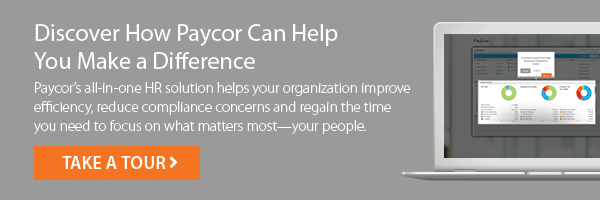The potential of remote work has been obvious for some time but the current public health crisis forced businesses to adapt quicker than they ever expected. Social distancing regulations aren’t going anywhere and the tough economy means margins are tight, so many businesses are considering keeping some or all of their workforce remote.
What Remote Work Actually Means
Being open to remote work can mean different things to different companies. A big part of making remote working arrangement successful is being clear what “remote work” actually means.
It’s helpful to think of three stages:
- Work From Home
The first level is simply allowing employees to work from home, some of the time. You’ll still have a physical workspace, where most employees will usually be. - Remote-First Workforce
The next step is to make remote working the default for your business. You’ll still have some physical workspace, but it won’t be large enough to fit everyone at once (at least with social distancing). Instead, employees will work from home unless required to for specific tasks or meetings. There could be a schedule for which departments work at the office on which days. - Work From Anywhere
The final stage is a totally remote workforce. There is no physical workspace and employees work entirely online. This means that there may no longer need to be any geographic restriction on who you hire—however, you might still want to hold monthly or annual company gatherings.
The Advantages of a Remote Workforce
- Social Distancing
Even as stay-at-home orders expire, the need for social distancing likely isn’t going to disappear until there’s an easily available vaccine. The reality is, this could be years. Until then, the fewer employees in any workplace, the better.
Social distancing at work is possible (check out our infographic) but not always easy. Switching to a more lenient WFH policy or a remote-first workforce means that those who are required to be present have more space and so everyone is safer as a result.
- Employees Like It
This crisis will have been the first taste of telecommuting for many Americans and the results are in: they like it. A majority of Americans want to continue working from home “as much as possible”, found Gallup polling. This doesn’t mean everyone wants to work from home every day, but having the option is great for work life balance. This is especially true for employees with childcare responsibilities.
- Less Commuting
A big part of what makes work from home appealing to employees is not having to commute. When commuters in some American cities are wasting over 130 hours a year stuck in traffic, this is a big deal. Less commuting is good for the environment, but that’s not the only benefit for employees and companies.
Those who don’t have to commute will be less stressed, more rested and have more time and energy. Everyone benefits: employees will be happier and more productive.
- Saving on Real Estate
The Coronavirus pandemic is hitting the economy hard and SMB leaders are looking for ways to cut costs. Office space is a big expenditure that is suddenly up for discussion—if the majority or employees can work from home, it might be time to downsize. Even if you don’t get rid of your physical presence entirely (it’s still nice to have somewhere employees can meet if required) any reduction in square footage results is step toward increased productivity.
- New Hiring Opportunities
If your company switches to Work From Anywhere, then the talent pool from which you can recruit expands. When hiring for a virtual office, you no longer need to stick to those within commuting range. This opens door not just for people who live out of state, but those who can’t manage an office job for other reasons, whether childcare responsibility or disability.
The Disadvantages of a Remote Workforce
The truth is, many companies are reliant on internet even when working in the office, but when working from home this is taken to a different level. Video conferencing can be frustrating and requires all your employees to have a smooth connection simultaneously. Are you ready for this to be your new normal?
If your business handles sensitive information like client data, remote work also creates data protection challenges. Can you ensure all employees are working on secure connections?
How a WFH Employee Survey Can Help
Every business and industry will have its own factors to consider but there’s one thing that shouldn’t be forgotten: how employees feel. Before making decisions on remote work, you’re first step should be to ask your employees what their preferences are and how you can help their remote working experience?
The easiest way to collate the opinions of all your employees is to send out a simple survey. To save SMB leaders time, Paycor is providing a downloadable WFH Employee Survey Template with sample questions, suited to companies who work in office environments, that can be adapted to the needs of your business.










